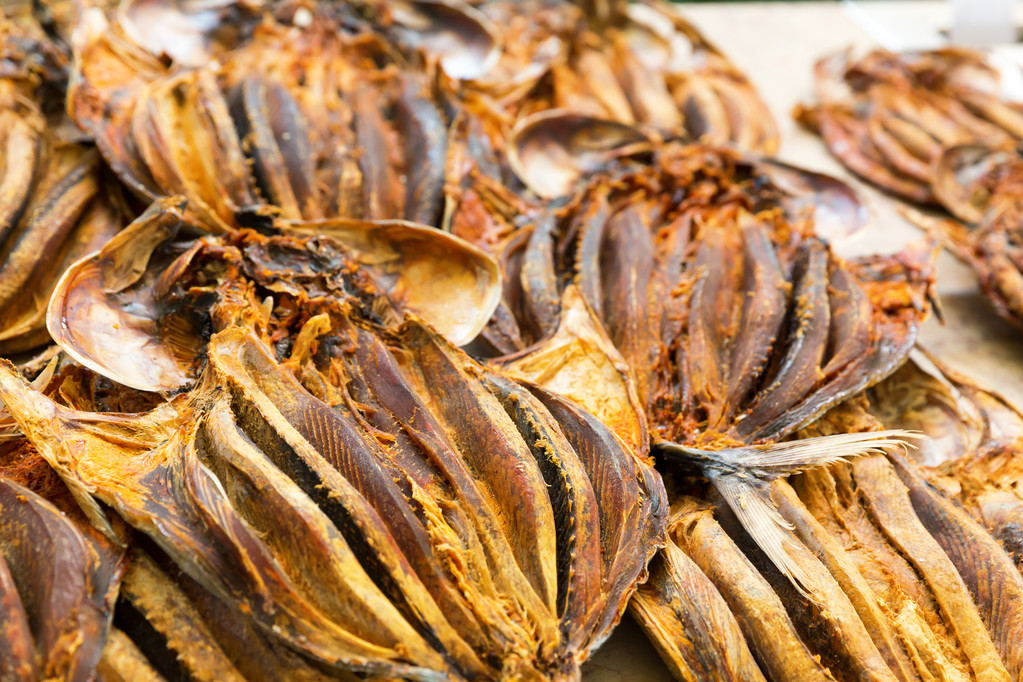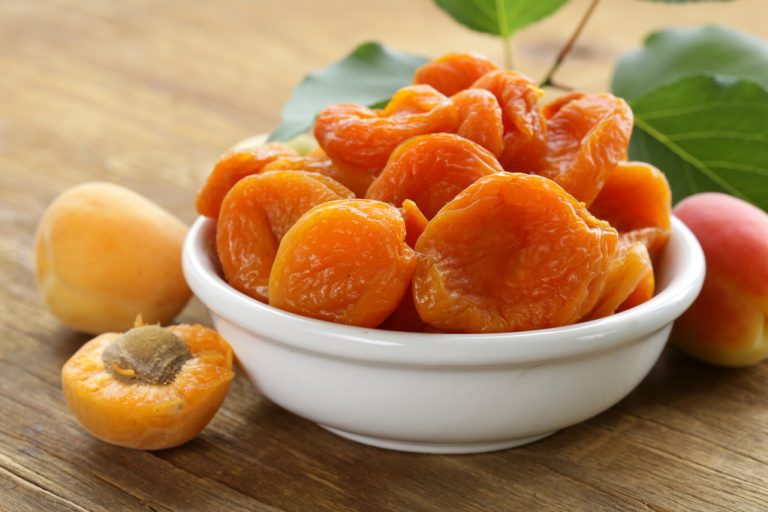Sulfur dioxide is a preservative in many foods and must be declared on the packaging. Manufacturers often indicate the substance as E220 in the list of ingredients. Here’s why the preservative is problematic.
Sulfur dioxide is a colorless gas that also occurs in nature. It can be dissolved in water and is then called “sulphurous acid” or as salts of sulphurous acid (E221 to E228):
E220: sulfur dioxide
E221: sodium sulfite
E222: sodium bisulfite
E223: sodium metabisulfite
E224: Potassium metabisulfite
E226: calcium sulfite
E227: calcium bisulphite
E228: potassium bisulphite
It doesn’t matter which of these substances the manufacturer uses – they must declare it on the packaging. So consumers know exactly that sulfur dioxide is contained.
The problem: The substance can lead to headaches and nausea and destroys vitamin B1. Therefore, sulfur dioxide must not be used in staple foods that are rich in vitamin B1.
sulfur dioxide in food
Sulfur dioxide is popular with manufacturers because it can be used in a variety of ways:
Sulfur dioxide blocks the growth of fungal and bacterial cultures and is therefore a good food preservative.
Colourants, vitamins and aromas are slowly broken down when they come into contact with oxygen. Sulfur dioxide can prevent this or slow down the process significantly. Products therefore stay fresh longer and do not turn brown, explains the Bavarian State Office for Health and Food Safety (LGL).
Sulfur dioxide or the salts are particularly common in the following foods:
Potato Chips
salted dried fish
pearl barley
Sun-dried tomatoes
dried fruit
Meat and fish substitute products
finished products
Wine

How dangerous is sulfur dioxide for health?
Some people are sensitive to sulfur dioxide: People with allergies may experience asthmatic reactions after eating foods containing sulfur, according to the LGL. Examples include asthma attacks and allergic reactions.
Normally, the enzyme sulfite oxidase ensures that the body breaks down sulfur dioxide. However, some people have little of this enzyme. Then, after eating foods containing sulfur, nausea, vomiting, diarrhea and headaches can follow.
There have also been anaphylactic shocks with circulatory collapse. After a restaurant guest died after eating in Canada, additives containing sulfur were banned in restaurants there.
There is also evidence that the intestinal mucosa is damaged.
In smaller amounts, foods with sulfur dioxide do not pose a health risk, explains the Federal Center for Nutrition. Also not for pregnant women and babies. Only allergy sufferers should be careful and check whether they notice an allergic reaction. However, we advise everyone against eating products with sulfur dioxide. Because the preservative destroys vitamin B1, which is important for the metabolism and can only be ingested through food. Most products are also available unsulphured, such as dried apricots.

